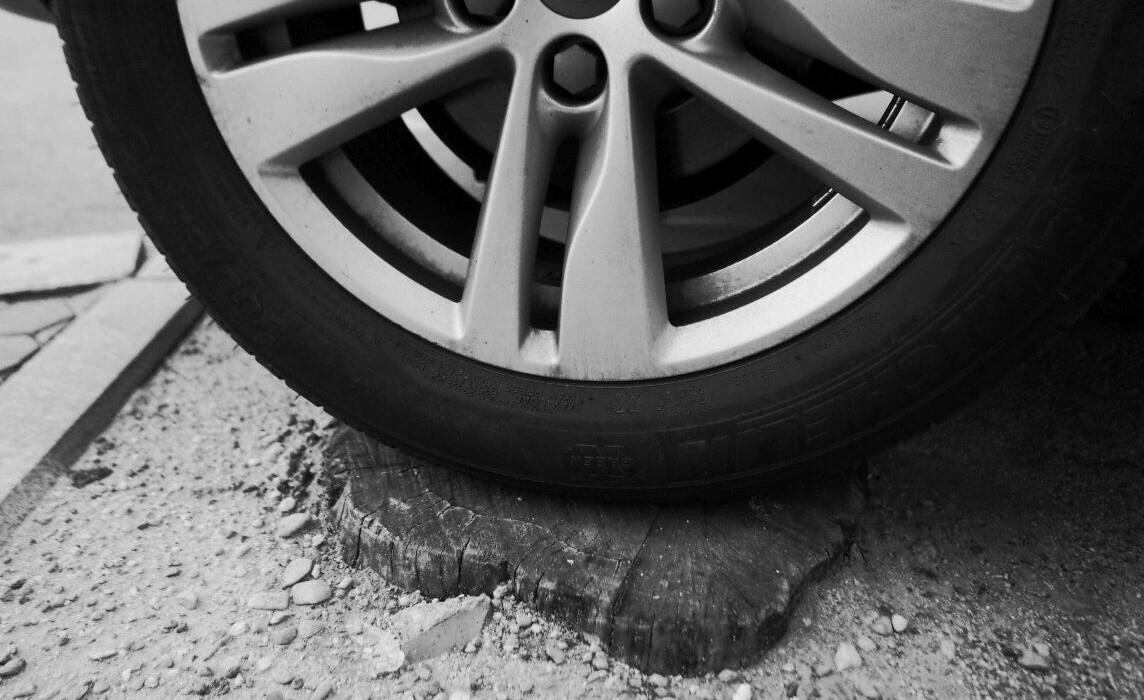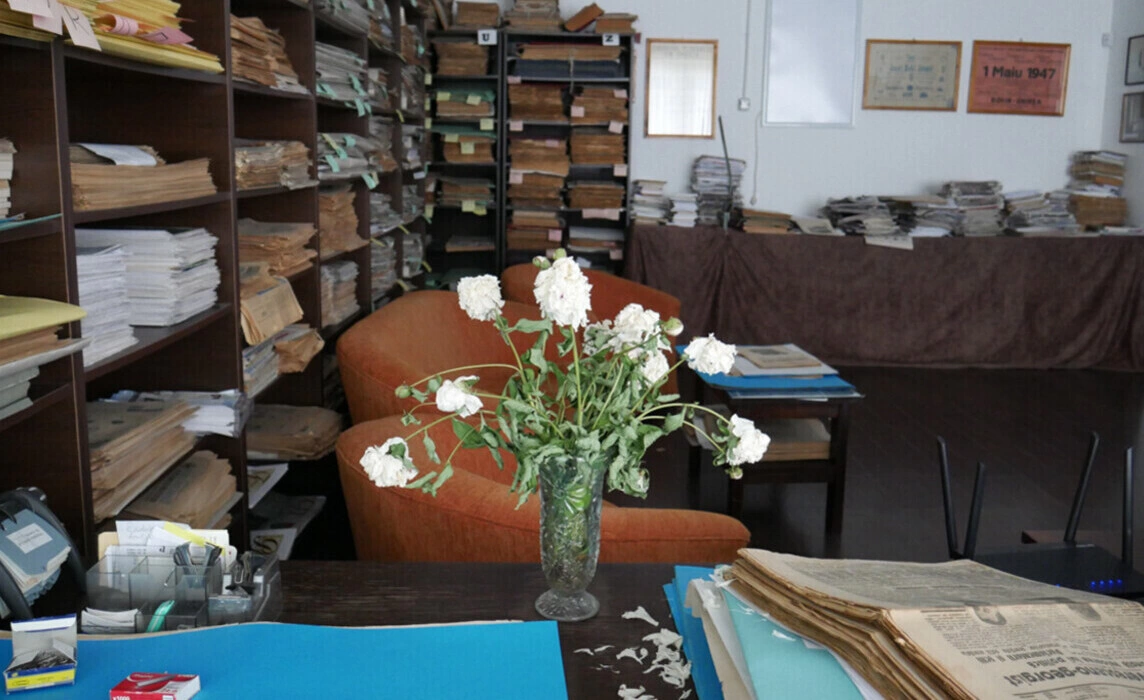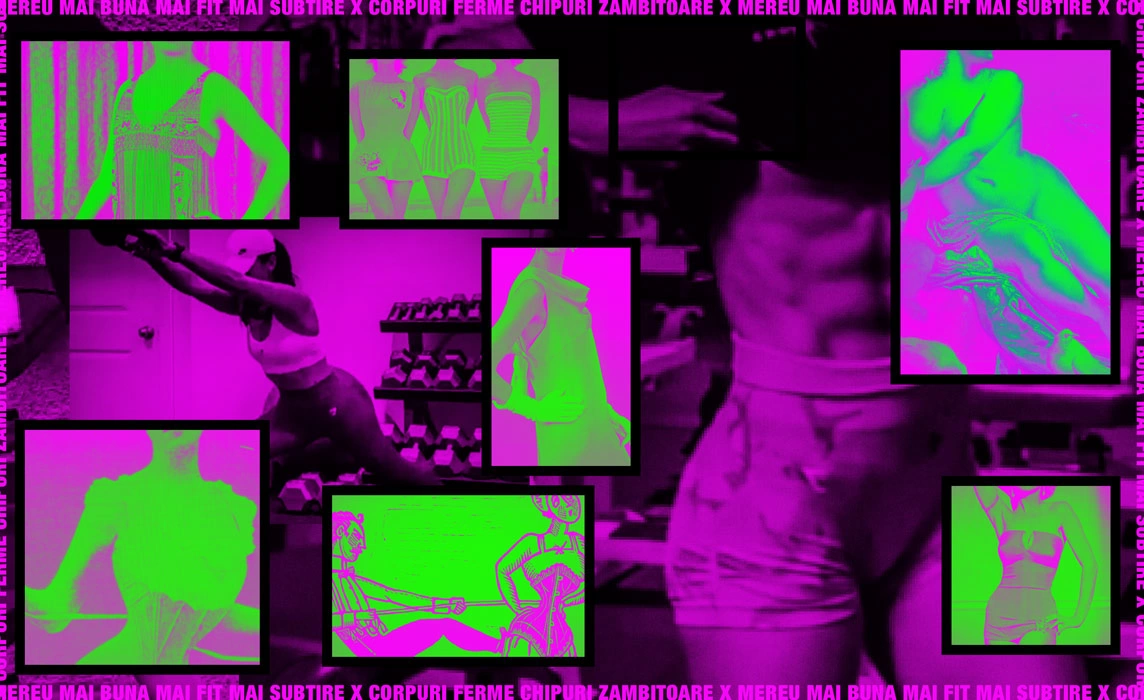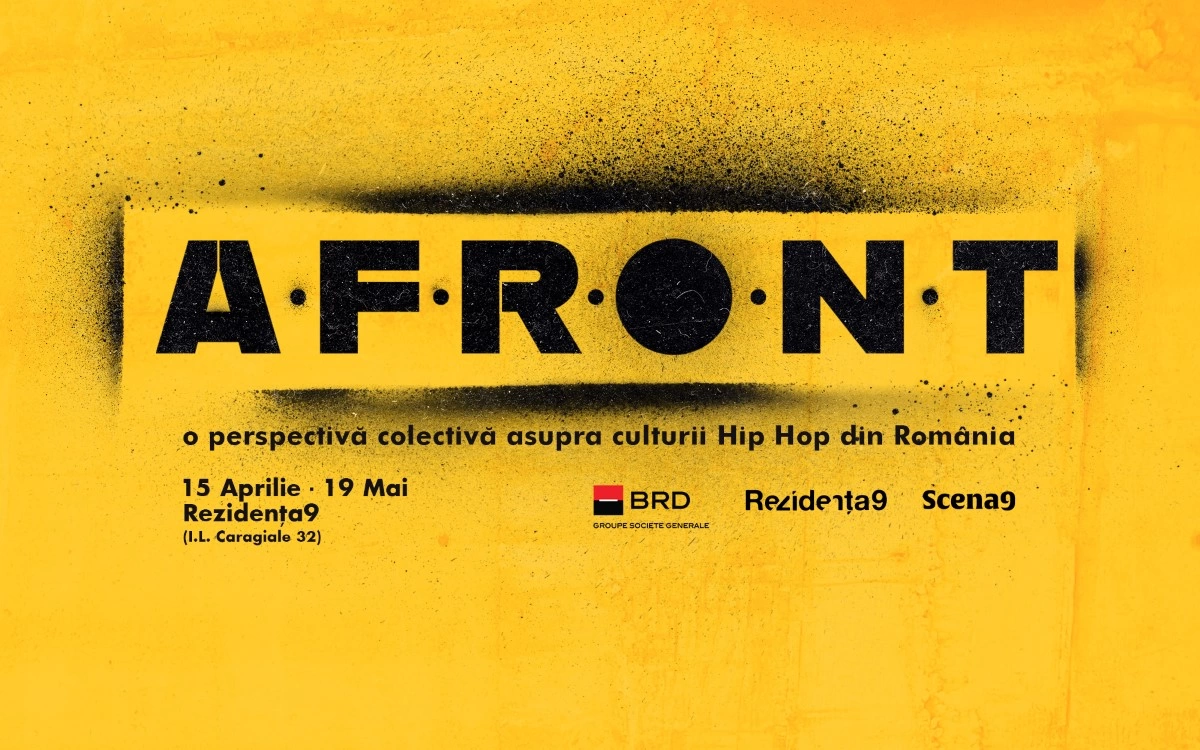My first day at the San Sebastian International Film Festival – Donostia Zinemaldia: a run for films about youth, on borrowed time & energy. Also, what I found behind door no. 2. Spoiler: Javier Bardem.
I land in San Sebastian smack-dab in the middle of the 64th edition of its international film festival. It started on September 16. It is now September 20, so, fomo status: activated - code red. I’ve already missed some of the highlights (Almodovar’s latest and Ethan Hawke, here to receive a career award and to plug his own most recent effort, a remake of The Magnificent Seven9).
I know there’s oodles more goodies on the table to enjoy for the remainder of the festival—and I don’t even mean the tapas, vinos riojas, and literally perfect beaches. Ain’t nobody got time for that, when your cultural anxiety has kicked into high gear, you’re solo in a new place, and you have a notoriously bad eye for using maps. I do get to walk around quite a bit, which allows me two brief observations: a) So this is why all the locals have toned legs, they pull 20+k every day, huh! b) The weather in San Sebastian acts up like it’s been skipping its meds: I land in sweater weather, which then mood-swings chaotically throughout the day between lush August and moody April. You can check out more frivolous tourist minutiae I dumped on my Instagram feed. E.g.:
From the tourist guide I got in the press pack: “You’ll have no problem seeing surfers in this city, with a board under their arm and a wetsuit on, barefoot, waiting for the traffic lights to turn green”. Close enough.
One thing that keeps popping up, when you read about San Sebastian before visiting, is that this year’s European Capital of Culture is like a world-wise, cosmopolitan elderly dame. Fitting, for a town attested in the 12th century and a perennial darling of Spanish royals. I propose, then, that the two-week film festival (which turned a far younger 64 in 2016), should be her 20-something niece. She comes to visit every year for a fun-filled seaside break and, this year, she’s also brought along a posse of 4,000 of her glitziest, artsiest friends.
Like these guys. They’re from Venezuela.
On my first day riding with the happy bunch, I packed in four flicks, two press conferences, and a meager half a wine glass, which put me straight to sleep after a sleepless 9-hour layover in Barcelona. Bonus: an impromptu stumble onto Javier Bardem, right after my arrival at the festival’s main venue, Kursaal. Bardem was there to promote Bigas X Bigas, a movie about iconic director Bigas Luna, which he produced.
Bardem was just the cherry on top. The rest of my day oddly revolved around youth on film: in the grungy ‘90s, in Polish psychopathology, in a contemporary Irish fairytale, and in the wake of World War I.
As You Are (USA, dir. Miles Joris-Peyrafitte)
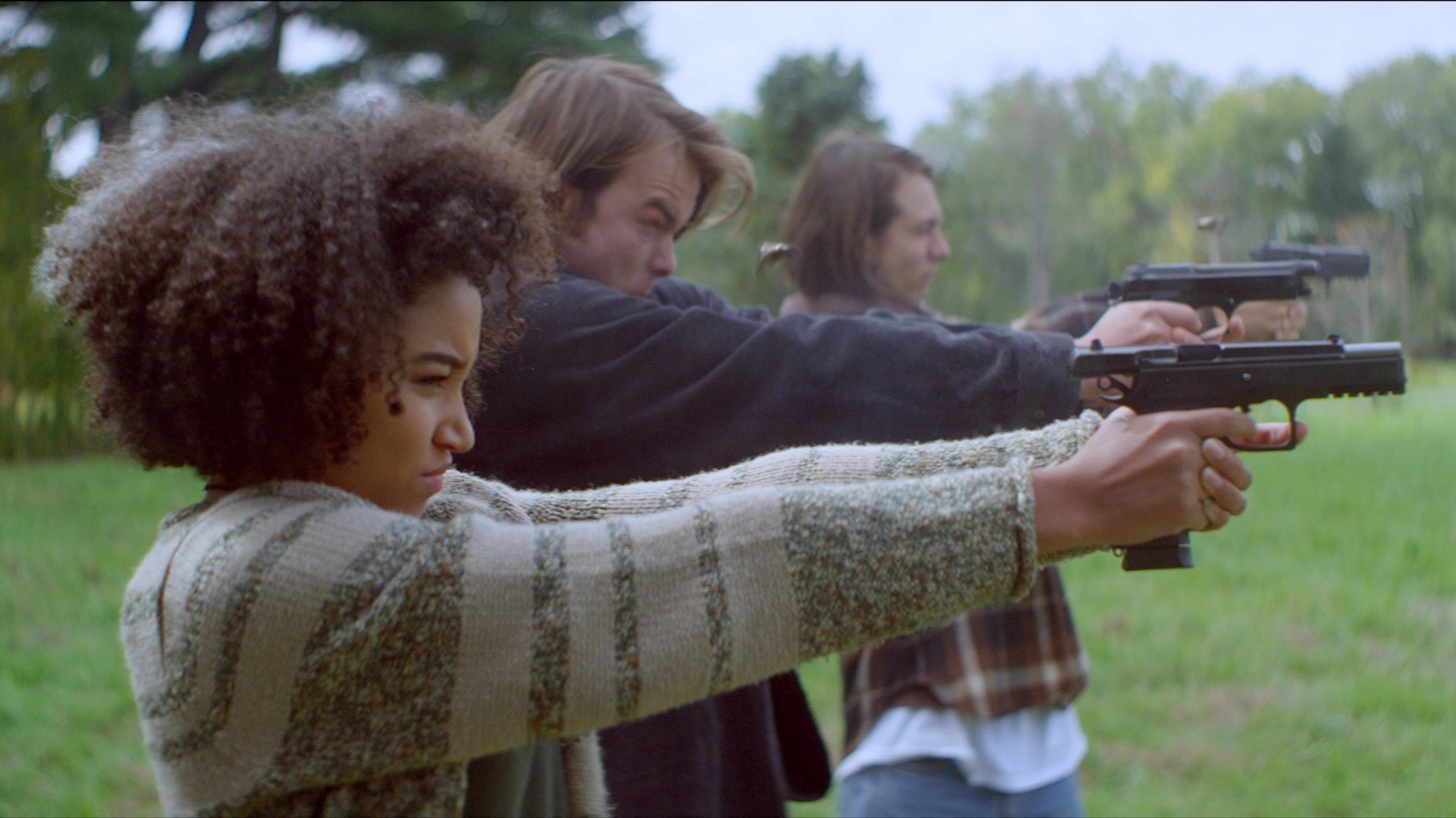
The story: This year’s Sundance darling is a story set in the ‘90s about two teenagers who end up unlikely step-brothers and friends, about their mutual friendship with a girl, about a murder investigation – and, in the backdrop of it all (as the title may have tipped you off) Nirvana. Kind of.
The talk of the town:
On the sexual tension between Jack and Tom: “It’s not an issue film, not a film about gun control, not an LGBT film, but a film about two teenagers who love each other and don’t know what to do about that.” (Director Miles Joris-Peyrafitte at the press conference in San Sebastian). On not licensing Nirvana songs for the movie: “Nirvana was very eager to give us all their music…” Collective LOL from everyone in the cast and crew. Peyrafitte adds that he could’ve worked around that, covered some songs or used very short fragments, but found that the spirit of the Nirvana era was there even without them. On his respect for Mary Stuart Masterson, who accepted a role in the film: “It’s not easy to make a small film. It takes courage to make a small film.”
The good: The entire cast, with the rather impressive pop culture pedigree to their names, despite their youth: Owen Campbell was on Boardwalk Empire and The Americans, Charlie Heaton plays the key character on Stranger Things, and Amandla Stenberg is not just known for playing Zoe on the Hunger Games, but also as one of the most powerful young voices to speak up for intersectional feminism. The gripping, brutally honest story. The haunting soundtrack. Joris-Peyrafitte's surprisingly assured direction, at only 23-years-old. The stunning cinematography.
The bad: The film does tick off some typically Sundance tropes, which may have some audiences write it off as just another dime-a-dozen indie film. Also, some reviewers have noted that the murder plot and flashback cut-ins lend a gimmicky feel to the characters' stories.
The bottom line: For a look into small town America and youth, straight from the horse’s mouth, as it were, this movie deserves a chance even from moviegoers who scoff at the indie label.
Playground/Plac Zabaw (Poland, dir. Bartosz M. Kowalski)
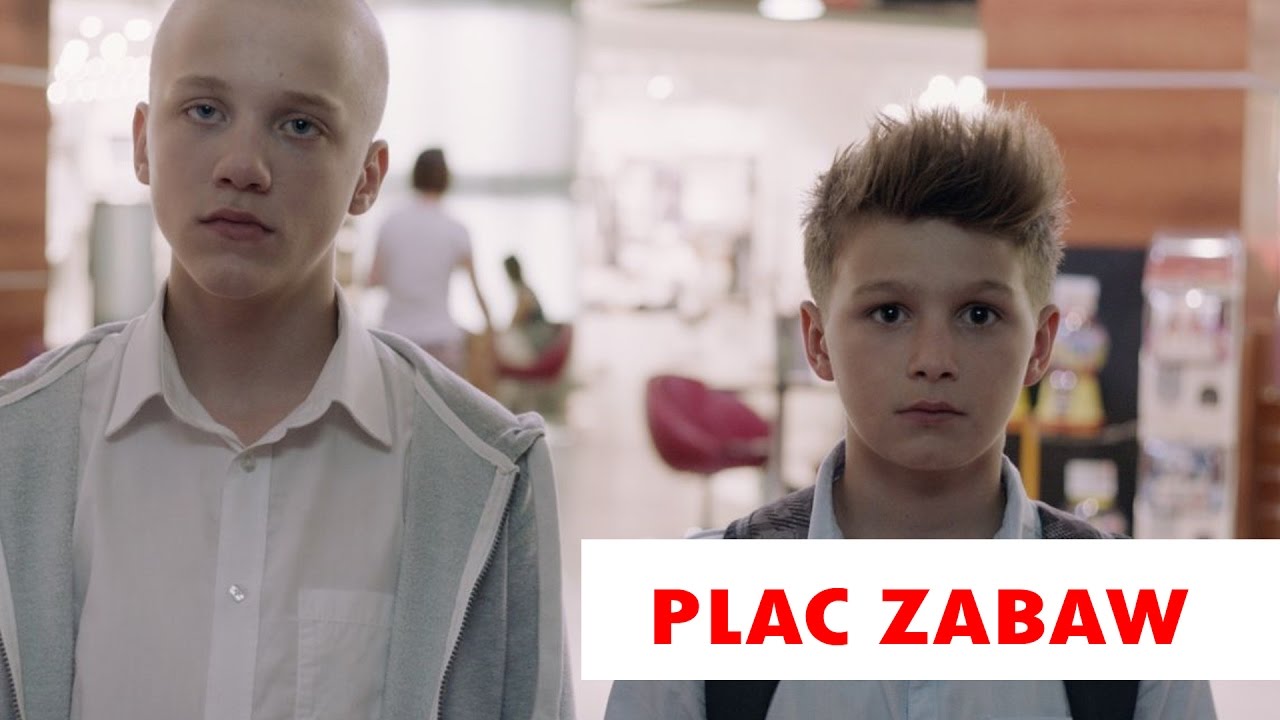
The story: It’s the first day of school and now we’re in small-town Poland. Two boys and a girl – this time in their pre-teens – spiral further downward, in a cycle of disaffection fueled by the absence of genuine connections with their peers, parents, and teachers.
The talk of the town:
As it heads to its one-shot scene of gore at the end, the film becomes increasingly dark and its young characters more sociopathic. The violence inflicted by the two 12-year-old boys at the end drew audiences out of the theater in droves. With each new kick and blow that the two teen boys applied to the kid they'd kidnapped, more disgruntled festival-goers left the hall at Kursaal. At the press conference that followed the screening, child actor Nicolas Przygoda said it’s all the same to him: more viewers chose to stay till the end than leave. When asked if the film represents his view on (Polish) youth in general, director Kowalski retorted that this was not his intention. He wanted to make a mockumentary-like movie based on a real case in Poland, “because these people do exist around us”.
The good: The three child actors’ intense performances are nothing short of gripping. Kowalski structures his film in tableaus, which cut off at seemingly anti-climatic points in the story, but in the end all tie into a descent into insanity.
The bad: Aside from the subject matter, which some audiences may find revolting (children who kill), the second half of the film also loses some of the steam it had worked up in the beginning. Toward the end, Playground simply goes on reinforcing what we already knew from the start: these kids are emotionally condemned and they will do something very, very, very bad. Cue overly dramatic classical background music and long silences.
The bottom line: Though fascinating to watch for its performers, the film’s direction seems to oscillate between the uninvolved (documentary-style takes, shot from a distance) and the intrusive need to make audiences feel (capital F), at all costs. For the latter purpose, no beat is spared: the music, the close-ups, the incessant drilling of the point that these characters are doomed.
A Monster Calls (USA-Ireland-Spain, dir. J.A. Bayona)
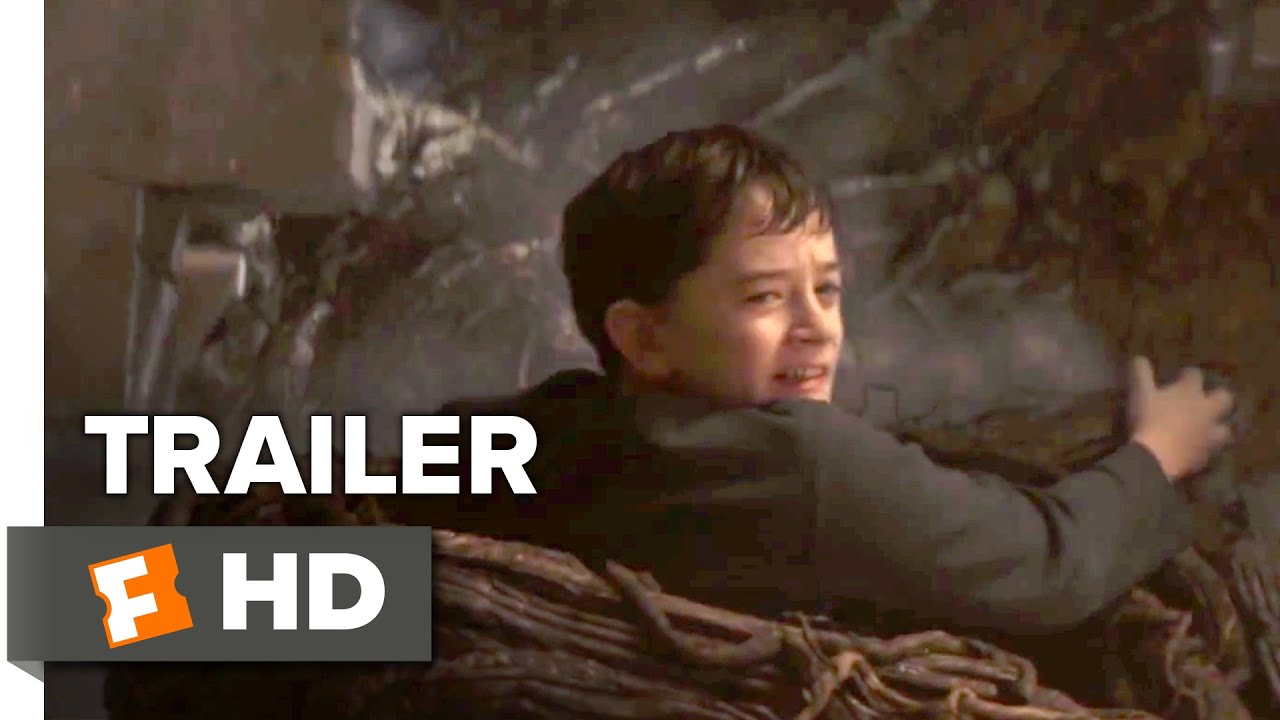
The story: Based on a short story by Patrick Ness, the movie tells the tale of a little boy with artistic inclinations, who has to learn how to cope with his mother’s cancer diagnosis. He gets help in the unlikely form of a gigantic monstrous tree, voiced by Liam Neeson.
The talk of the town: Director Bayona, born in Barcelona in 1975, is a household name in Spain, so this movie, screened at San Sebastian before its U.S. and worldwide release, was greeted as a major event. To boot, the screening of A Monster Calls in the Donostia Award section of the festival warranted the presence of recipient and seasoned lead powerhouse Sigourney Weaver in San Sebastian.
The good: Many things are just right with A Monster Calls, from its atypical use of fairytale tropes to the performance of young Lewis MacDougall. Perhaps most remarkable is the way the movie blends live action with superb 2D animation based on pencil and watercolor artwork. Add to that the inevitable tearjerker of seeing a boy from a broken home risk losing his mother to cancer and you’re guaranteed huge Kleenex sales in your area.
The bad: Some of the fairytale clichés that the movie tries to dismantle are simply replaced with updated versions – see, for instance, the adage which has Con trusting that “belief is half of the cure”. And, as many in the blockbuster genre do, this movie suffers from having far too many endings (about 4, I'd say), driving the less emotional audience member to tap their fingers anxiously, as they eagerly await the final one.
The bottom line: Great family movie through and through – and not a bad choice for general audiences either, provided you’re strong enough to let yourself be vulnerable and weep at the theater.
Frantz (France, dir. François Ozon)

The story: A period piece set in post-WWI Germany and France, Frantz is a loose adaptation of Ernst Lubitsch’s 1932 Broken Lullaby, in which the focus falls on Anna, the fiancée of a German soldier killed in the war. As she visits her lover’s tomb at the cemetery every day, Anna discovers that Adrien, a French young man, is mysteriously bringing late Frantz flowers as well.
The talk of the town: Deemed “the French Woody Allen” by The Guardian, Ozon is certainly one to surprise – this time with a period drama which lacks his signature sardonic humor, but sees him brilliantly directing a female actress. And that’s also one of his signature power moves.
The good: Paula Beer. Aside from her presence on camera, she has impeccable range and seems the perfect fit for the part of the morose, forlorn, and then increasingly intrigued Anna. Pierre Niney is also great to watch and the comparison with Adrien Brody is completely unavoidable. The film is a believable foray into the effects of war on youth and the female psyche. It also masterfully explores the relativity of victor-vanquished situations at war. Finally, story-wise, it comes with a radical plot twist halfway through which ought to revive the attention of viewers less accustomed to the pace of period dramas.
The bad: Some viewers deplored Ozon’s alternation of Technicolor-bright scenes shot in color with bleak black-and-white. Similarly, for subject matter and length reasons (the film clocks in at a smidge under two hours), the movie might fall short of garnering the kind of mainstream appeal that Ozon’s Swimming Pool and 8 Women enjoyed.
The bottom line: Yes, it’s a slow watch—but it’s also a jarring exploration of how the losers and winners regard each other after a war. And if that’s not a topical subject in 2016 (hashtag brexit, hashtag make America great again), I don’t know what is.



